Gesta Hungarorum, also known as the Chronicle of Anonymus, mentioned the existence of three voivodeships in Transylvania in the 9th century: the Voivodeship of Gelou, the Voivodeship of Glad (originally from Vidin, then inhabited by Proto-Romanians) and the Voivodeship of Menumorut. The anonymous author describes the first as Vlach. Another voivodeship, ruled by Gyula, was mentioned in the 11th century. It was mentioned as being large and prosperous (“Jatissimum et opulentisimum”). It is known to have included the strongholds of D?bâca, More?ti (on the Mure? River), Moigrad and B?lgrad (near Alba Iulia). Gyula was described as being an Orthodox Christian, therefore he was very probably either Romanian or Slav. A 1176 Slavonic inscription attests the existence of a župan Dimitri that ruled over Dobrogea in 943. In the Alexiad, Byzantine princess Anna Komnene mentioned the political entities led by Sesthlav, Satza and Tatos, all in Southern Dobrogea, in 1086.
In the Middle Ages, Romanians lived in three distinct principalities: Wallachia (Romanian: ?ara Româneasc? – “Romanian Land”), Moldavia (Romanian: Moldova) and Transylvania (Romanian: Transilvania). By the 11th century, Transylvania became a largely autonomous part of the Kingdom of Hungary, and became independent as the Principality of Transylvania from the 16th century, until 1711. In Wallachia and Moldavia many small local states with varying degrees of independence developed, but only in the 14th century did the larger principalities of Wallachia (1310) and Moldavia (around 1352) emerge to fight the threat of the Ottoman Empire. Both territories inhabited by Romanians have achieved the independence from the Hungarian Crown after military conflicts (Battle of Posada, 1330) or social conflicts (Moldavian boyars revolt against Hungary, 1364), these historical events being initiated by Basarab I of Wallachia (1310–1352) and Bogdan I of Moldavia (1359–1365).
By 1541, the entire Balkan peninsula and most of Hungary became Ottoman provinces. Moldavia, Wallachia, and Transylvania were under Ottoman suzerainty, preserving partial-full internal autonomy until middle of the 19th century (Transylvania to 1699). During this period the Romanian lands were characterised by the slow disappearance of the feudal system. A few rulers of present-day Romanian territories distinguished themselves: these rulers include Stephen the Great, Vasile Lupu, and Dimitrie Cantemir in Moldavia; Matei Basarab, Vlad III the Impaler, and Constantin Brâncoveanu in Wallachia; and John Hunyadi (Ioannes Corvinus) and Gabriel Bethlen in Transylvania.
In 1600, the principalities of Wallachia, Moldova and Transylvania were simultaneously headed by the Wallachian prince Michael the Brave (Mihai Viteazul), Ban of Oltenia, but the chance for a unity dissolved after Mihai was killed, only one year later, by the soldiers of Austrian army general Giorgio Basta. After his death, as vassal tributary states, Moldova and Wallachia had complete internal autonomy and external independence, which was finally lost in the 18th century. In 1699, Transylvania became a territory of the Habsburgs’ Austrian empire following the Austrian victory over the Turks in the Great Turkish War. The Habsburgs in turn expanded their empire in 1718 to include an important part of Wallachia, called Oltenia (which was only returned in 1739) and in 1775 over the north-western part of Moldavia, later called Bukovina. The eastern half of the Moldavian principality (called Bessarabia) was occupied in 1812 by Russia.
Related Listing
-
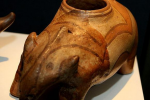
Prehistory
Some 42,000-year-old human remains were discovered in the "Cave With Bones", and being Europe’s ...
-
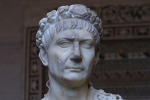
Antiquity
The earliest written evidence of people living in the territory of the present-day ...
-
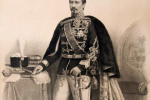
Independence and monarchy
During the period of Austro-Hungarian rule in Transylvania and Ottoman suzerainty over Wallachia ...

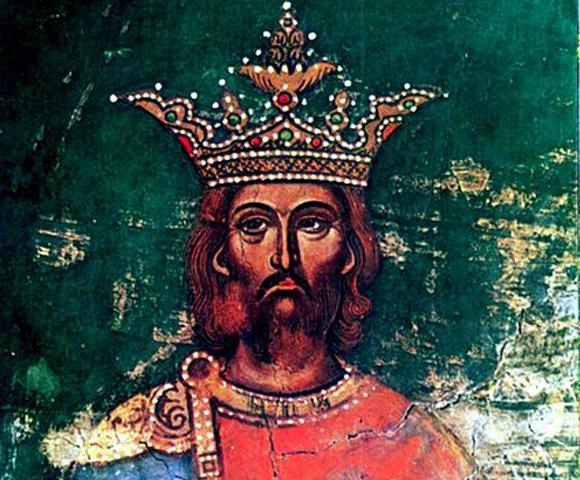
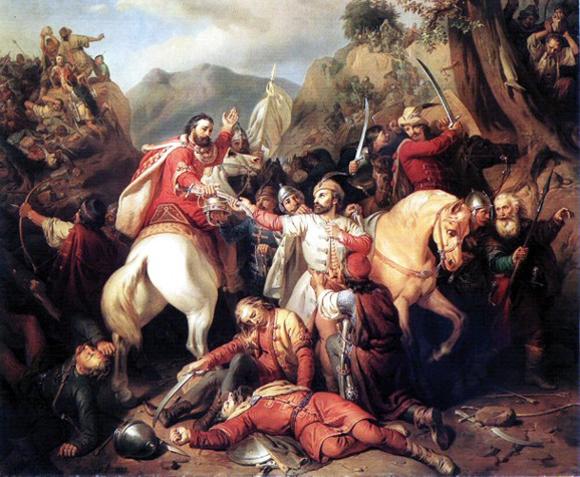
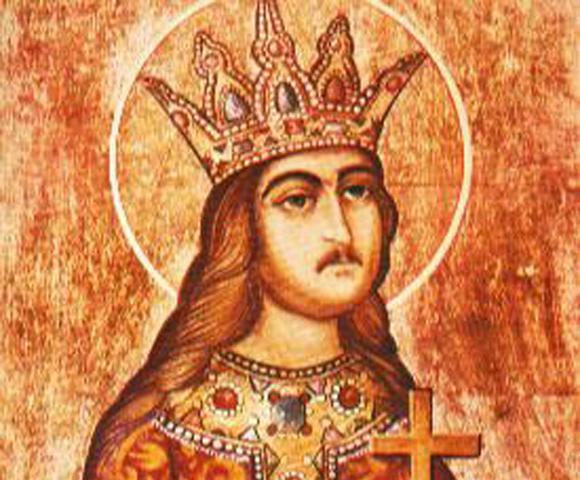
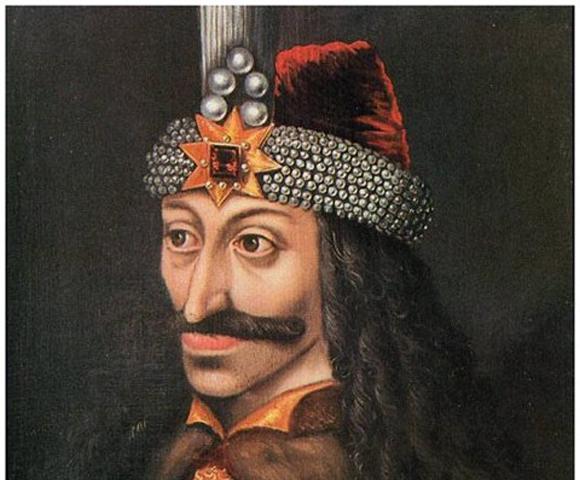
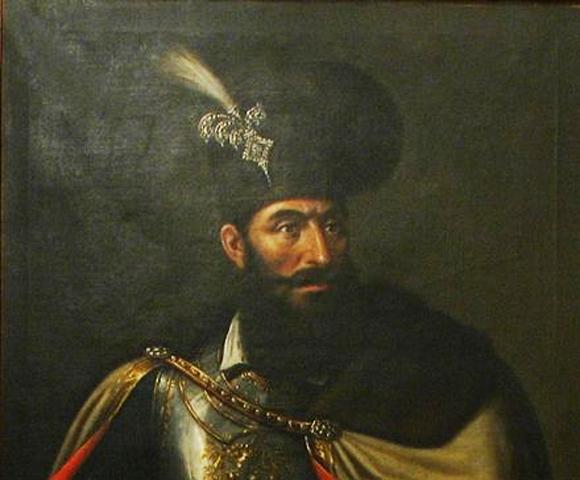








Recent Reviews